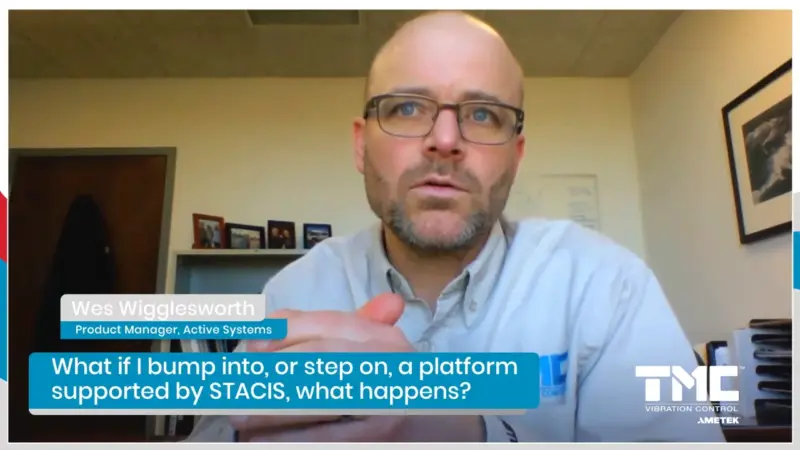Transforming Precision Instrumentation: Active Vibration Control Enhances Pneumatic Isolation Systems
In the complex world of precision instruments and high-magnification applications like atomic force and confocal microscopy, pneumatic isolation emerges as a powerful tool. This technology is often found in applications used in life science research, such as high-magnification optical microscopes and electrophysiology techniques. Pneumatic isolators, exemplified by TMC’s CleanBench table and micro-g isolators, offer resonant frequencies of about 1.5 to 2 hertz. The relatively soft system effectively supports the table, even when a moving stage is involved.
However, a dynamic stage can cause deflection and induce bouncing in the payload. To counter this, advanced features paired with the pneumatic system have evolved into a parallel type active vibration control system. This combines a pneumatic isolator, non-contacting electro-pneumatic height control, and payload-active damping with linear motors. When integrated into a feedback system, this setup is excellent for canceling stage motion, proving beneficial for payloads with a moving stage.
While setting up and tuning such a system may be intricate, the payoff is worth it – it delivers high performance, effective deflection cancellation, and, when connected to the tool’s stage, can utilize data in a feed-forward manner to aggressively cancel stage motion. This setup certainly qualifies as active vibration control. However, it’s worth noting that the floor vibration isolation is still predominantly defined by the type of spring used, and the add-ons, like the linear motor and active damping, primarily work to cancel stage motion or reduce amplification at the air spring’s resonant frequency. As such, the attenuation of floor vibration is slightly improved but within a limited bandwidth.




